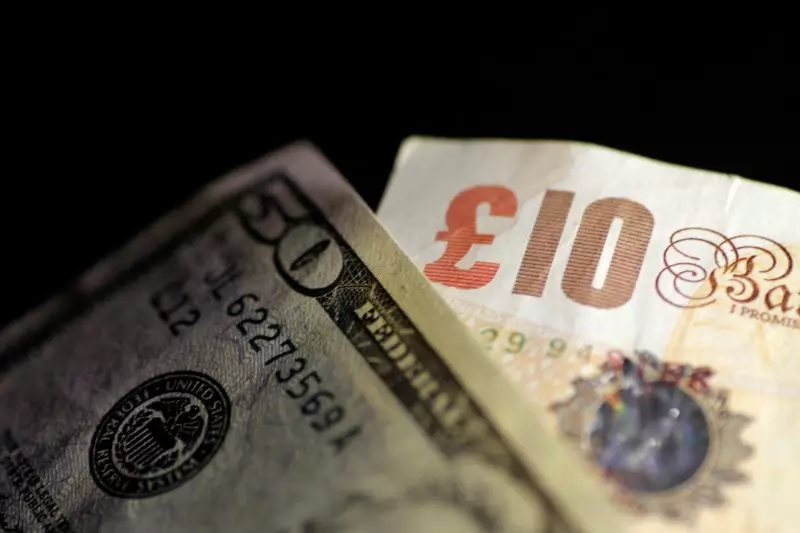The landscape of global finance is continually shifting, and recent movements in the foreign exchange market underscore a pivotal moment for currencies, particularly the US dollar. Following a strategic meeting at the Federal Reserve, the greenback remains resilient, having recently reached levels not seen in over two years. This performance has been significantly influenced by revised expectations regarding interest rate adjustments. As policy assessments evolve, both domestic and international currencies are responding in different ways, adding layers of complexity to currency trading.
US Dollar Performance Amid Hawkish Federal Reserve Signals
On Thursday morning, the Dollar Index, which measures the value of the dollar against multiple global currencies, experienced a slight dip of 0.1%, settling at 107.670. This increase came after an impressive surge the day before, fueled by the Federal Reserve’s tougher stance on rate cuts for the upcoming year. The central bank has reduced its anticipated easing from 100 basis points to just 50 in 2025, demonstrating a more hawkish outlook. Analysts at ING noted that this new stance lays a robust foundation for potential dollar strength as we move into 2024.
The implications of these signals are substantial for market participants. As traders recalibrate their expectations, the market is essentially pricing in a hold on interest rates for the short term, particularly looking at January’s meeting. With the bar now set higher for surprising data that could impact dollar strength, it appears that the Federal Reserve’s pivot could indeed fortify the dollar’s position in coming months.
Beyond interest rates, underlying economic conditions play a crucial role in shaping currency values. Anticipation surrounds the upcoming release of the third-quarter GDP figures, expected to show a slight decline in growth from the previous quarter, potentially settling at an annualized rate of 2.8%. This change ought to draw considerable attention as the market seeks to understand the broader ramifications for US economic health and, by extension, the dollar’s dominance.
Conversely, the British pound has demonstrated bullish behavior recently, climbing 0.7% against the dollar ahead of the Bank of England’s impending policy meeting. Market experts foresee the BOE maintaining its current rate, highlighting its cautious approach amidst persistent inflation. There is a palpable consensus among analysts that the central bank might lean towards a wait-and-see approach while addressing sticky inflation within various sectors.
The euro zone’s currency dynamics also deserve attention, with the euro appreciating by 0.6% against the dollar to a current rate of 1.0415. This rebound follows a sharp decline that had characterized the previous trading session. The European Central Bank had already initiated several interest rate cuts in 2023, and the prevailing view is that further reductions may follow if inflationary pressures subside. ECB President Christine Lagarde’s recent remarks suggest a clear trajectory aimed at aligning inflation rates closer to the targeted 2%, which will be crucial for future monetary policy traction.
On the Asian front, the Japanese yen has been responding to the Bank of Japan’s tempered outlook following its decision to hold current interest rates steady. USD/JPY spiked notably by 1.5% to reach levels over 157 for the first time in months. The BOJ’s reluctance to shift its economic strategy has left traders uncertain, particularly those speculating on imminent rate hikes. Additionally, the Chinese yuan’s recent weakening against the dollar is reflective of the anticipated expansionary fiscal measures aimed at stimulating growth, which could compound pressures on the yuan moving forward.
The interwoven effects of monetary policy, economic performance, and currency market reactions illustrate a dynamic and nuanced financial landscape. The US dollar stands at a critical juncture, buoyed by hawkish Fed signals, while global counterparts navigate their own economic challenges and uncertainties. For investors and analysts alike, understanding these intricate relationships will be key to making informed decisions in the ever-changing world of currency trading. The paths ahead for the dollar, euro, pound, yen, and yuan are filled with uncertainties and potential opportunities, dictated by the unfolding global monetary narrative.

